Military Technology
- Details
- Hits: 725
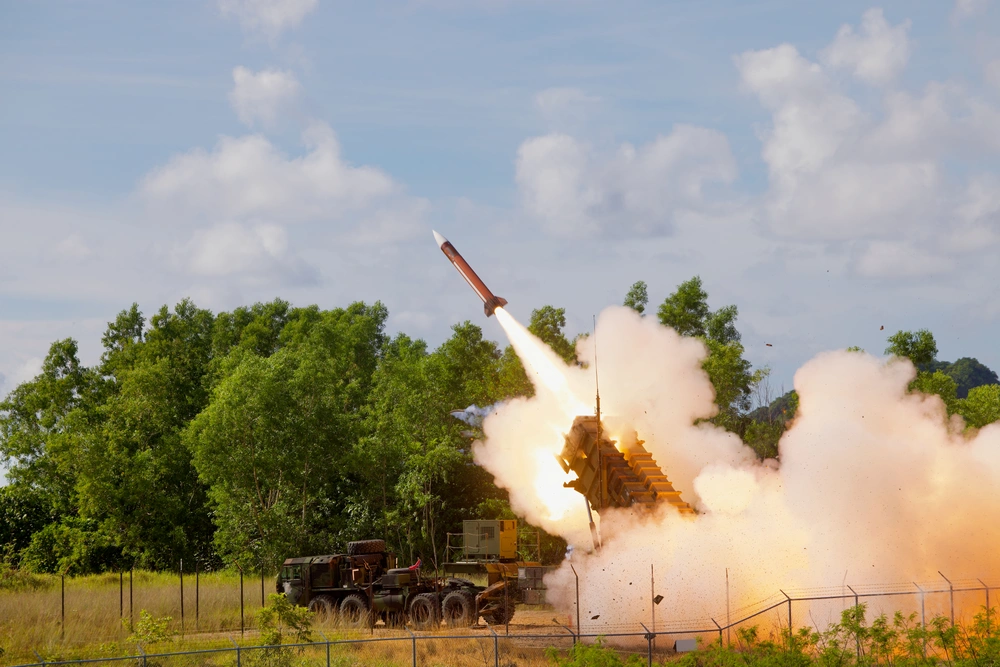
KOROR, PALAU, (August 22, 2025): A Patriot Advanced Capability 2 Interceptor missile is fired from an M903 Patriot Launching Station assigned to Battery D, 1st Battalion, 1st Air Defense Artillery Regiment during the patriot live fire portion of Exercise Tenacious Archer 25 on Aug. 22, 2025. Exercise Tenacious Archer 25 is a training event designed to build interoperability, capacity, and relationships that deter aggression and promote peace through strength. The exercise sharpens the brigade’s ability to operate across multiple domains, reinforcing U.S. Army Pacific’s commitment to regional security and stability.(U.S. Army photo by Capt. Frank Spatt)
- Details
- Hits: 703
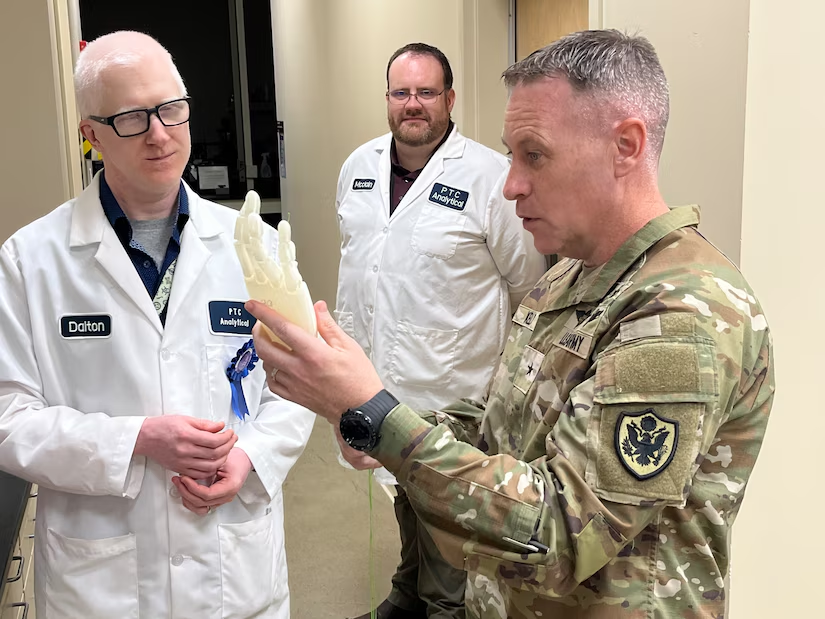
(August 22, 2025): The Defense Logistics Agency Troop Support's Product Test Center Analytical has developed an artificial hand to improve safety during glove testing.
The 3D-printed hand allows researchers to test the integrity of gloves without risking exposure to hazardous materials.
- Details
- Hits: 717
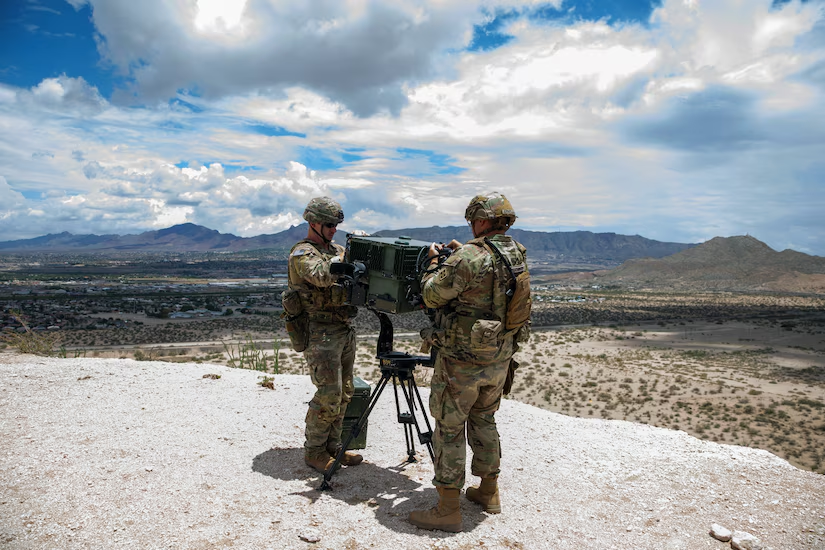
(August 25, 2025): Along the rugged terrain of the southern border, the Defense Department deploys optic systems to enhance detection and monitoring capabilities in support of U.S. Customs and Border Protection.
The ground-based operational surveillance system — expeditionary, the long-range advanced scout surveillance system, and the common remotely operated weapon station are advanced tools and unique military capabilities used by service members assigned to Joint Task Force Southern Border to monitor large areas, detect illegal crossings and strengthen perimeter security in coordination with CBP agents.
- Details
- Hits: 1114
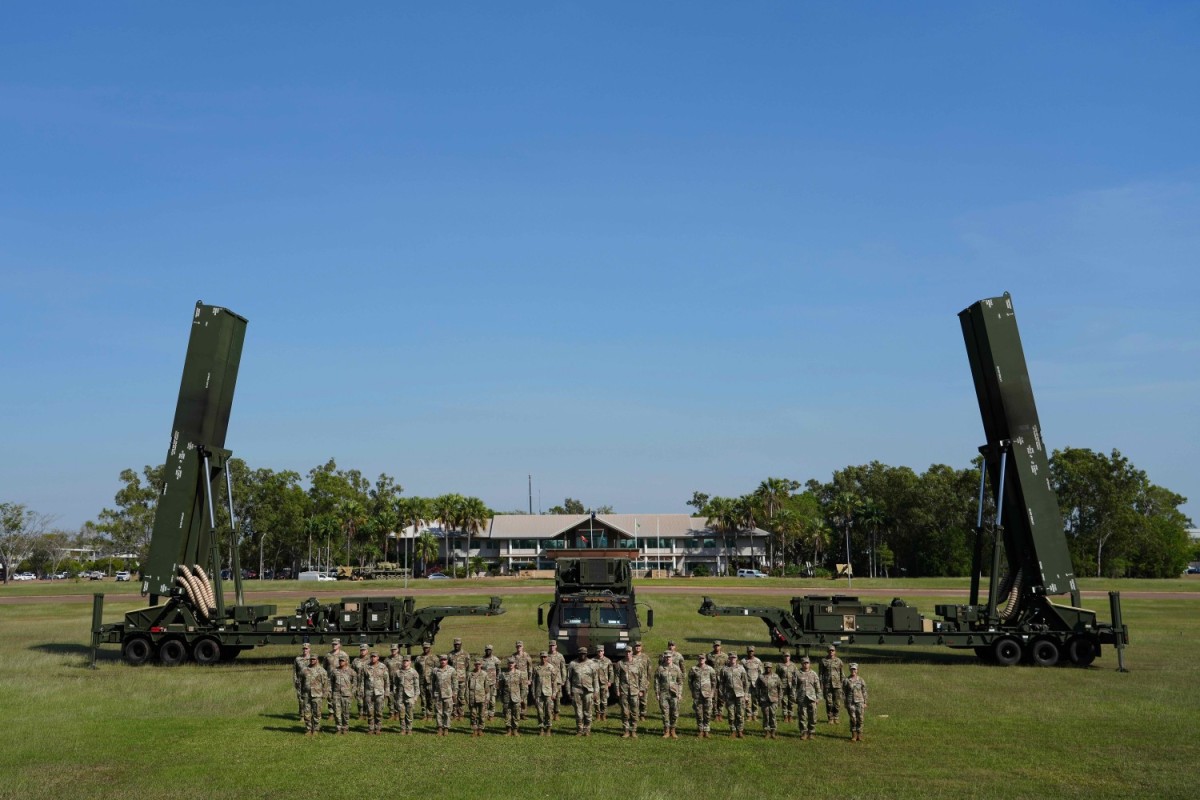 U.S. Army photo by Sgt. Perla Alfaro
U.S. Army photo by Sgt. Perla Alfaro
NORTHERN TERRITORY, Australia (August 2. 2025): In a historic milestone, the 3rd Multi-Domain Task Force (3MDTF) deployed a Long-Range Hypersonic Weapon (LRHW) system outside of the continental United States for the first time, deploying cutting-edge capability to the Northern Territory, Australia in support of Talisman Sabre 25.
Read more: US ARMY SHOWCASES LONG-RANGE HYPERSONIC WEAPON DURING TS25 IN AUSTRALIA
- Details
- Hits: 1119
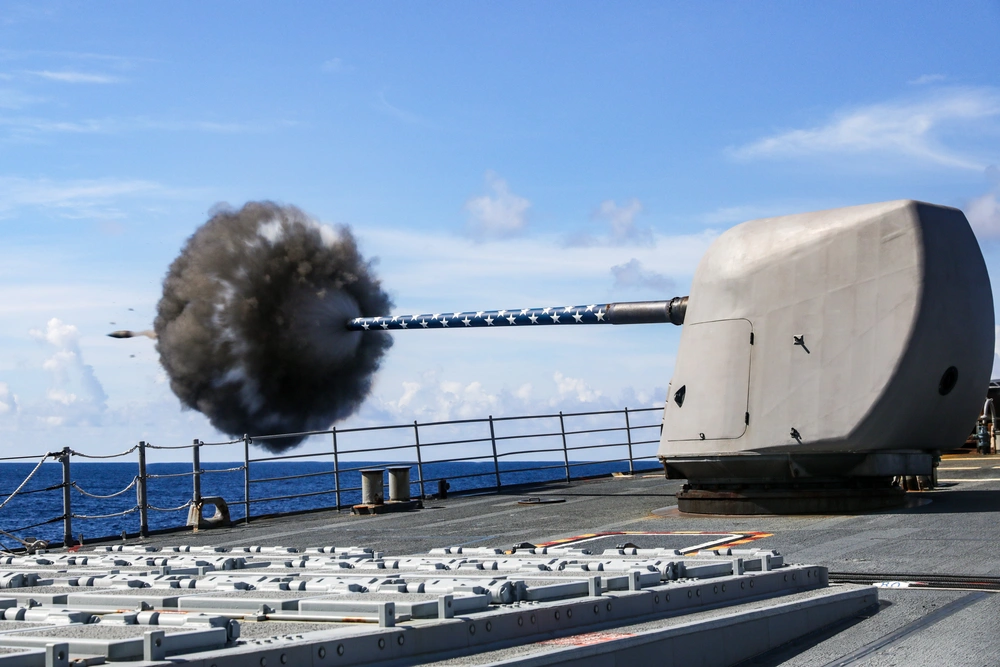
PACIFIC OCEAN (July 29, 2025): The Ticonderoga-class guided-missile cruiser USS Princeton (CG 59) fires its forward Mark 45 5-inch gun during a weapons maintenance shoot. The Carl Vinson Carrier Strike Group is underway conducting routine operations in the U.S. 3rd Fleet area of operations. (U.S. Navy photo by Mass Communication Specialist 1st Class Jacob I. Allison)






